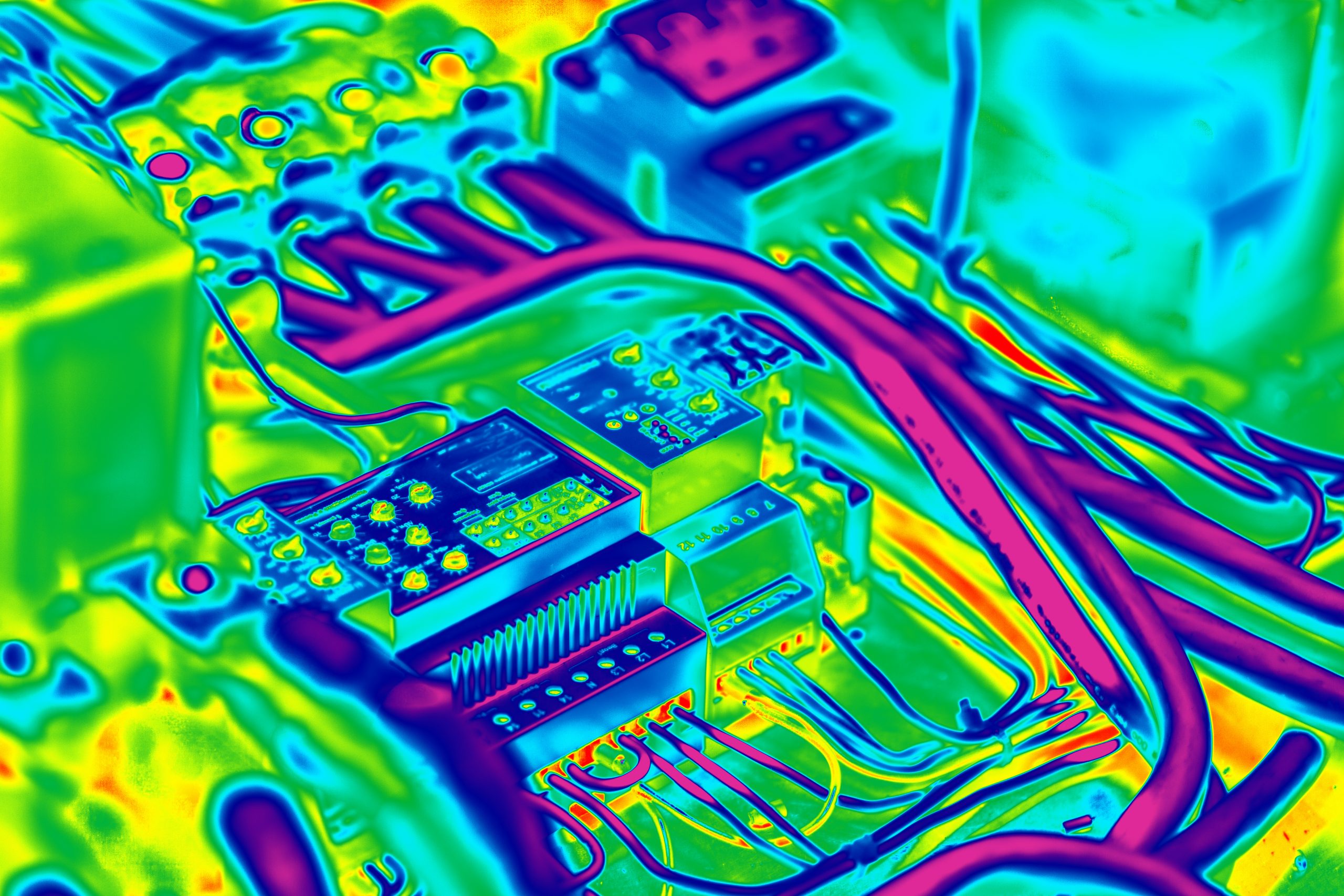
If mechanical designers ruled the world, all electro-mechanical products would be passively cooled. Why? There are five primary reasons:
- Eliminate moving parts that fail
- Decrease the cost of the equipment
- Eliminate noise
- Decrease repairs and maintenance
- Ensure warranty
These are the promises of passive cooling systems in products, and really, they lead to a win-win-win for engineers, manufacturers, and end users alike.
To quickly define passive cooling, we’ll turn to Wikipedia: “Passive cooling is a building design approach that focuses on heat gain control and heat dissipation in a building in order to improve the indoor thermal comfort with low or nil energy consumption. This approach works either by preventing heat from entering the interior (heat gain prevention) or by removing heat from the building (natural cooling). Natural cooling utilizes on-site energy, available from the natural environment, combined with the architectural design of building components, rather than mechanical systems to dissipate heat.”
Passive, or natural, cooling as it pertains to heat generating products, means product design that cools systems and removes heat from the inside of the unit and/or cools the air outside, without using a fan.
Three Ways to Cool a Product
The way I see it, there are three levels at which a product can be cooled: board level, box level, and system level. Let’s take a look at what cooling methods are currently available/possible to cool each.
1. Component Level Cooling
The component level is where intelligent selection, layout and thermal planning is critical for optimizing thermal efficiency. Where components are placed, what components are selected and why are key to thermal planning and efficiencies. Often engineers are focused on minimizing board spins in order to save costs without realizing the development hours required with poor upfront thermal planning. Computational Fluid Dynamic (CFD) analysis, when utilized effectively with clear inputs, outputs and component specifications is an engineers silver bullet in difficult to cool product development.
2. Board Level Cooling
At the board level, this is where we can get creative with our passive cooling methods, specifically with heat sinks and heat pipes. Strategically-placed heat sinks that are affixed over hot components on the board conduct heat from key components. The metal heat sinks provide a larger surface area for the heat from the components to dissipate. That heat gathered in the heat sink is then conducted out through the vents via ambient air outside that comes into the product, naturally cooling the components inside without requiring forced air. Heat pipes are for extremely hot components like integrated chips that run a computer. Generally products do not process this fast and do not get that hot, but it’s a great option for electro-mechanical heat-generating devices.
3. Product Level Cooling
The component on any piece of gear that is most likely to fail is the fan. So far, this is the primary method for cooling products at a ‘box’ level. Some products have fans installed even if they’ll never get hot enough to actually need them or are used rarely, driven by algorithms and temperature sensing closed-loop control systems. Remember the five primary reasons why passive cooling is so great? It all revolves around the use of fans (pun intended). The installation of fans on any product means there will be more little pieces for manufacturers to purchase, for integrators to keep track of and know what to do with, and end users to replace when they eventually fail.
The World According to a Mechanical Designer
By using analysis systems such as Computational Fluid Dynamics (CFD), that allow you to analyze and characterize your entire design before it’s finalized and released for engineering, implementing effective passive cooling methods is a lot easier. In other words, with the use of CFD, we can analyze where the hot spots in a product will be before it’s ever created. With this information, we can experiment with different cooling methods and component placement for maximum efficiency and cost-effectiveness.

Fun Tip: How to Extend the Life of Your Mechanical Devices
If you’re multi-tasking on your phone or laptop and the processing is really high, it gets hot. It starts to whir and work really hard. If you’re in the car, stick it in front of the AC vent and cool it off. If you’re at home, put it on a cool surface. Any component, on any board, in any sort of electro-mechanical heat-generating device will last longer if it doesn’t get hot.
